1. The Beatles – Revolver (1966)
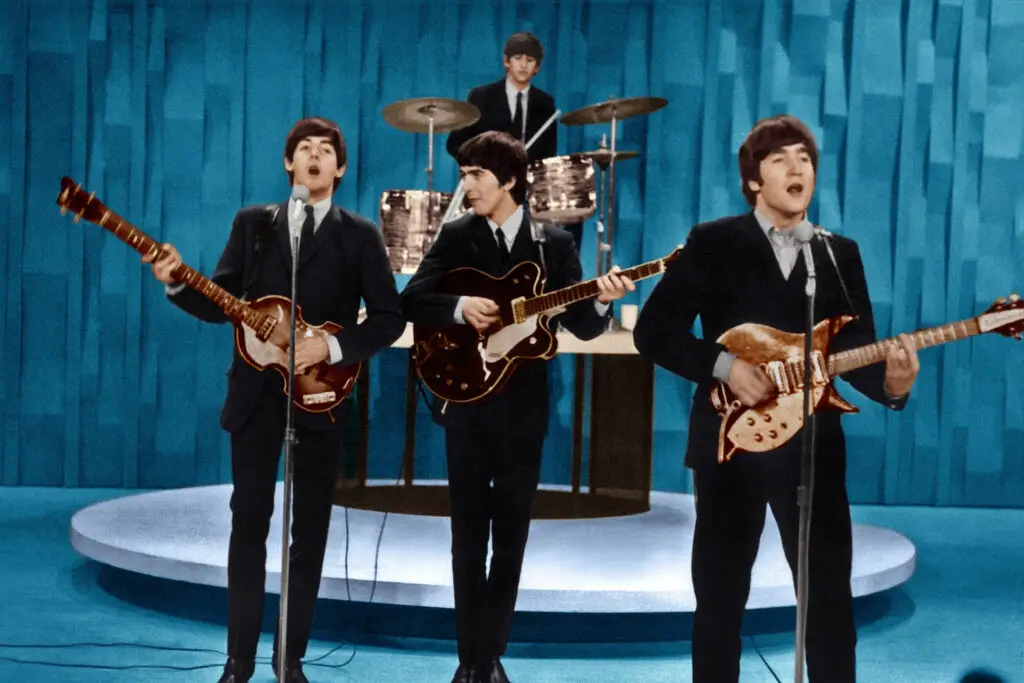
When Revolver hit the shelves in 1966, it marked a drastic shift in the direction of rock music. The Beatles pushed the boundaries of what was possible with their innovative use of studio techniques, blending folk, Indian music, and experimental sounds. Tracks like “Eleanor Rigby” and “Tomorrow Never Knows” introduced new textures, with the latter even influencing the rise of psychedelic rock. The album showcased their growing musical maturity, incorporating complex arrangements and thought-provoking lyrics that made listeners look beyond the catchy tunes they were known for.
The influence of Revolver is still felt today, with its pioneering use of effects and experimental structures inspiring countless artists across genres. From the textured string arrangements to the far-out sounds of “She Said She Said,” the album continues to serve as a reference point for anyone interested in how rock can be both challenging and accessible. Revolver showed that rock albums could be artistic masterpieces, influencing the way albums were made in the decades to come.
2. The Beach Boys – Pet Sounds (1966)
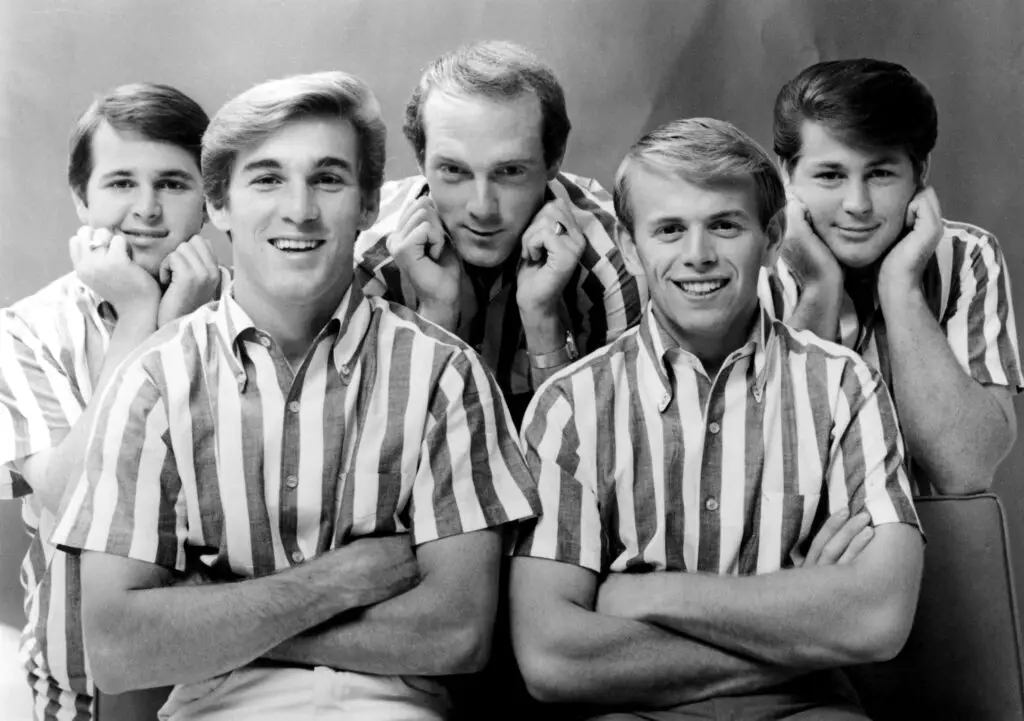
One of the most influential albums in the history of rock, Pet Sounds was a complete departure from the California surf sound The Beach Boys were known for. Brian Wilson’s intricate production and use of unconventional instruments created a lush, emotionally complex soundscape that had never been heard before. Tracks like “Wouldn’t It Be Nice” and “God Only Knows” blended soaring melodies with deeply introspective lyrics, cementing Pet Sounds as a high-water mark for pop and rock music alike.
Despite initial mixed commercial reception, Pet Sounds went on to inspire everyone from The Beatles to modern indie rock bands. The way Wilson pushed the boundaries of studio recording influenced the idea of the album as an artistic statement rather than just a collection of songs. It was an album that redefined what rock music could be—more than just a genre, but a way of communicating complex emotions and thoughts.
3. Jimi Hendrix Experience – Are You Experienced (1967)
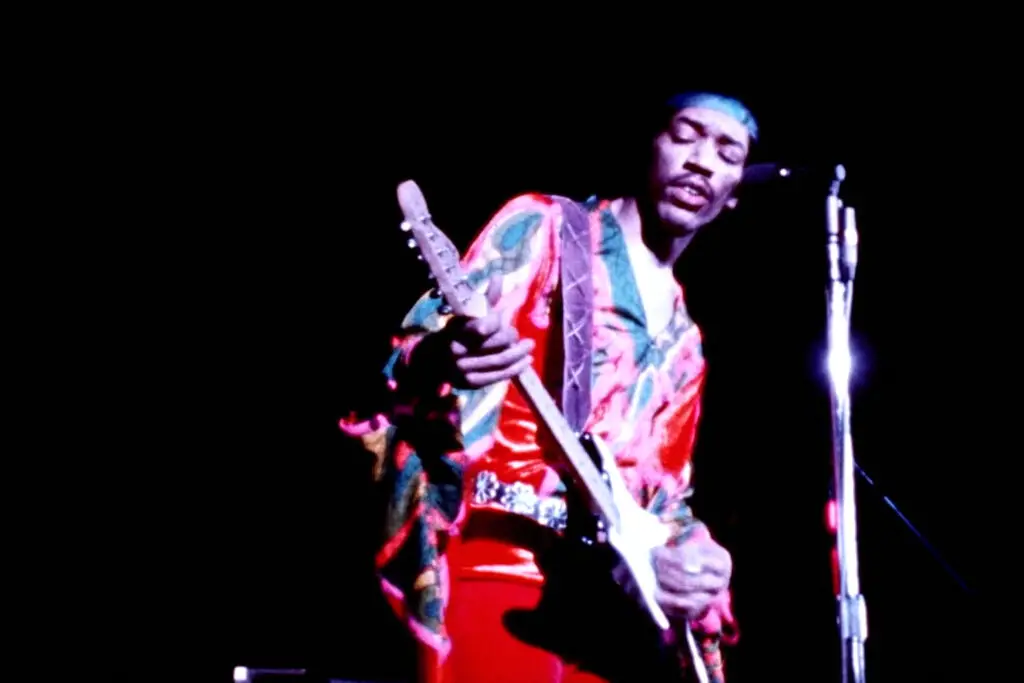
Jimi Hendrix’s debut album, Are You Experienced, was nothing short of revolutionary. The album blended blues, rock, and psychedelia in ways that had never been done before, setting Hendrix apart as one of the greatest guitarists in history. Tracks like “Purple Haze” and “Foxy Lady” showcased his virtuosity, while the experimental sounds on “Third Stone from the Sun” and “Are You Experienced” pushed the limits of what listeners thought was possible in rock music.
Hendrix’s groundbreaking use of distortion and feedback, combined with his unique approach to guitar playing, set the stage for the entire psychedelic rock movement. Are You Experienced wasn’t just a collection of hits—it was an album that changed the way we think about guitar solos and the role of the electric guitar in rock music. Its influence on future generations of musicians is immeasurable, from hard rock to alternative music.
4. The Velvet Underground – The Velvet Underground & Nico (1967)
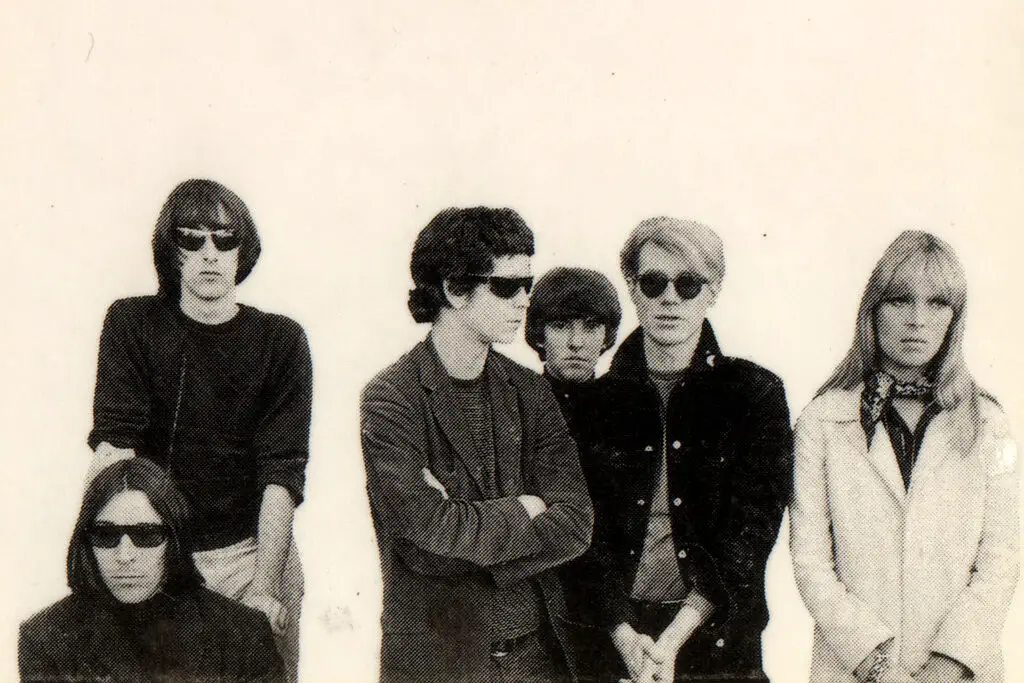
The Velvet Underground’s The Velvet Underground & Nico wasn’t just an album—it was a cultural manifesto. With its avant-garde sound and brutally honest lyrics, it pushed the boundaries of what was socially acceptable in music. Songs like “Heroin” and “I’m Waiting for the Man” were raw and unflinching, delving into taboo subjects like drug use and urban life. Although it was initially a commercial failure, the album became an influential touchstone for the punk rock and alternative movements in the years that followed.
The Velvet Underground & Nico wasn’t for everyone, but its influence on rock music can’t be overstated. The way it embraced experimentation, both musically and thematically, opened the door for future bands to tackle complex subjects and break free from traditional song structures. Its unpolished sound and anti-commercial stance made it the blueprint for the DIY ethos that would define much of rock music in the ‘70s and beyond.
5. Bob Dylan – Highway 61 Revisited (1965)
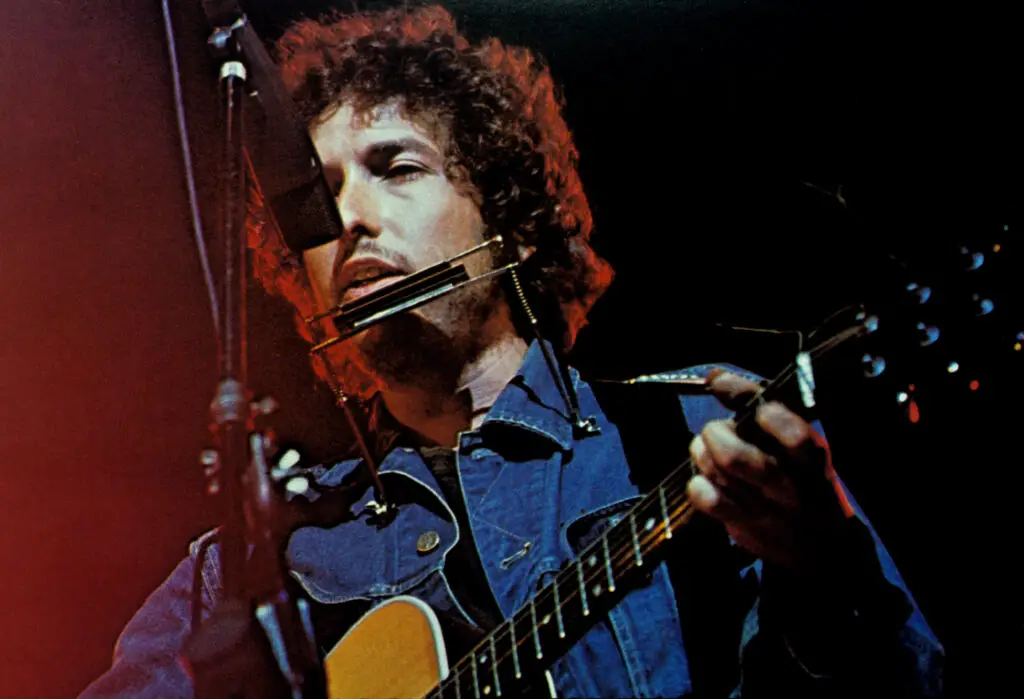
Highway 61 Revisited was the album that cemented Bob Dylan’s place as the poet laureate of rock. His shift from folk to rock music on tracks like “Like a Rolling Stone” was a defining moment in the history of both genres. The album’s jagged, electric sound and surreal, often cryptic lyrics captured the spirit of the times—daring, experimental, and full of change. Dylan’s fearless reinvention of himself helped define the 1960s counterculture, showing that rock could be more than just entertainment—it could be a form of protest and personal expression.
What makes Highway 61 Revisited so important is how it helped elevate rock to an intellectual and artistic level. The fusion of folk traditions with electric rock set a new standard for what music could be about. Its mix of political commentary, personal introspection, and absurdist storytelling opened up new possibilities for songwriting that influenced not just rock, but the entire landscape of popular music.
6. The Rolling Stones – Exile on Main St. (1972)
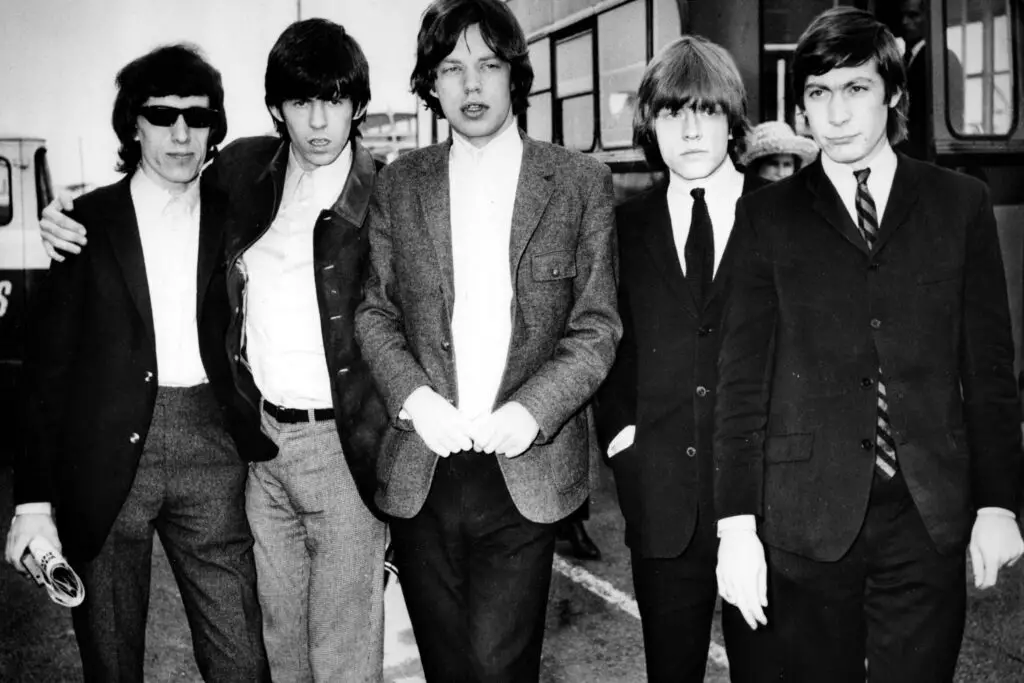
While technically from the early ’70s, Exile on Main St. captures the essence of the late ’60s rock sound and the turbulence of the times. This double album, a mix of rock, blues, country, and soul, is often hailed as The Rolling Stones’ masterpiece. Tracks like “Tumbling Dice” and “Happy” showcase their gritty, raw sound, while the album’s blend of genres highlighted their versatility. The fact that it was recorded in a basement while the band was in exile in France adds an air of authenticity and rebellion to its already legendary status.
Exile on Main St. wasn’t just an album—it was a statement. Its chaotic, loose energy and unfiltered approach to recording made it one of the most influential albums of the rock era. It’s an album that encapsulates the spirit of rock and roll—raw, rebellious, and unafraid to mix genres and emotions. The impact of Exile on Main St. can still be felt in modern rock, where the willingness to experiment and blend different sounds is celebrated.
